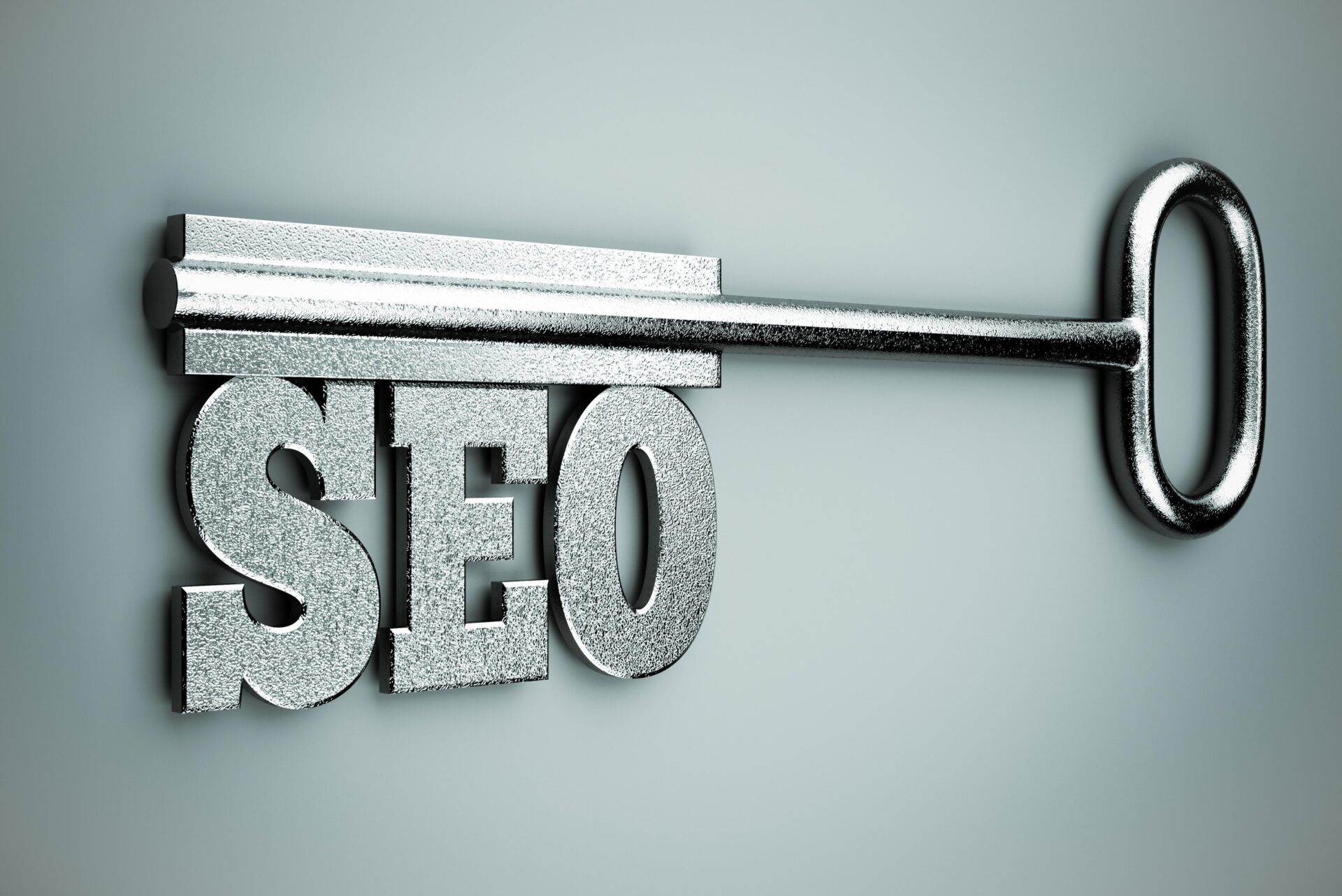
When it comes to online advertising, many small business owners wonder where to focus their efforts—social media ads or Google Ads? Both options have clear advantages, but choosing the right one depends on your business goals and budget.
In this blog, we’ll break down the pros and cons of both social media ads and Google Ads to help you make an informed decision for your business.
The Basics
Social Media Ads
These are ads on platforms like Facebook, Instagram, LinkedIn, or TikTok. They appear in users’ feeds, stories, or as sponsored posts. Social media ads target people based on their interests, hobbies, shopping behaviours, and demographics.
Google Ads
Google Ads is a pay-per-click platform where you show up in Google search results, YouTube, or across Google’s Display Network. These ads target users based on what they’re actively searching for, using specific keywords and intent-driven strategies.
Key Differences Between Social Media Ads and Google Ads
Let’s dive more into the 5 key differences between social media and Google Ads:
1. Targeting
- Social Media Ads: Primarily focused on interests and demographic data to reach the right audience.
- Google Ads: Targets users based on specific keywords and search intent, allowing for precision in addressing user queries.
2. Formats
- Social Media Ads: Leverages visually rich content, such as photos, videos, and carousels to capture attention.
- Google Ads: Relies on text-heavy search ads, as well as banners and video formats for wider reach.
3 . Audience
- Social Media Ads: Engages passive users who are browsing social feeds, often without a specific need in mind.
- Google Ads: Connects with active users who are intentionally searching for solutions to their needs.
4. Cost
- Social Media Ads: Offers lower entry costs and flexible budget options, making it accessible to businesses of various sizes.
- Google Ads: May demand higher budgets, especially in competitive industries and keyword spaces.
5. Engagement Type
- Social Media Ads: Excellent for increasing brand awareness and building engagement within an audience.
- Google Ads: Highly effective for driving conversions, such as sales or sign-ups, due to its intent-based approach.
Why Choose Social Media Ads?
- Eye-Catching Visuals: Social platforms like Instagram and Facebook celebrate creativity. Use engaging photos and videos to tell your story and stand out in your followers’ feeds
- Target People, Not Just Keywords: You can target specific audiences based on their interests and behaviours, making it easier to reach your ideal customer.
- Affordable for Starting Out: Got a tight budget? You can set up a campaign for as little as $5/day!
- Build Your Brand: Social media is perfect for showcasing your brand personality and reaching new audiences.
When to Use Social Media Ads:
- If you want to raise brand awareness.
- If your goal is to connect with customers more personally through visuals and stories.
Why Choose Google Ads?
- Reach People Searching for Solutions: Google Ads targets customers who are already looking for a product or service like yours—meaning they’re closer to making a purchase.
- Ad Formats That Work for Your Goals: Whether you want to show up at the top of search results or display video ads on YouTube, Google Ads has options to suit your campaign.
- Smarter Insights, Smarter Decisions: Google Ads’ analytics tools help you fine-tune your campaigns, track results, and improve ROI over time.
- Great for Local Businesses: If you’re focused on local customers, Google’s location-based targeting is a game-changer.
When to Use Google Ads:
- If you want to capture leads or drive web traffic immediately.
- If customers are actively searching for your products/services.
How to Succeed on Both Platforms
Social Media Tips:
- Pick the right platform. Instagram is great for younger audiences, while LinkedIn is the go-to for B2B ads.
- Use high-quality visuals like vibrant images and storytelling-focused videos.
- Test different ad types and audiences with small-scale campaigns.
- Retarget people who showed interest but didn’t buy your product yet.
Google Ads Tips:
- Research your keywords carefully using tools like Google Keyword Planner.
- Write ad copy that answers your customer’s search query AND highlights your unique value.
- Use negative keywords to filter out irrelevant traffic.
- Always track conversions to understand which ads actually drive revenue.
Final Thoughts
Here’s the bottom line—you don’t have to pick one over the other! Many successful businesses use both Google Ads and social media ads to complement different parts of their sales funnel.
- Use social media ads for creative campaigns that boost awareness and engage customers visually.
- Use Google Ads to capture high-intent users searching for exactly what you sell.
The best approach? Start small, focus on one platform, and optimize as you grow. As you collect data about your results, you can always expand your campaigns or even combine the power of both platforms.
Whether you go with social media ads, Google Ads, or both, the trick is to keep your customers’ needs in mind and create ads they just can’t scroll past.
For more information on social media ads vs. Google Ads, contact Numero Uno Web Solutions today!



